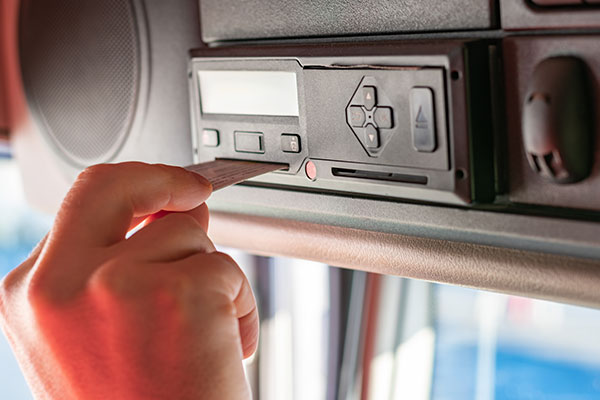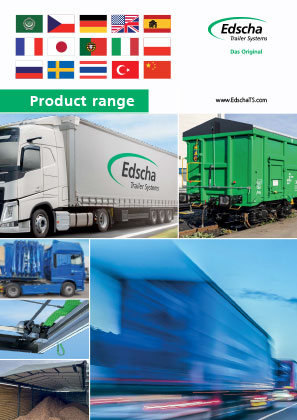The intelligent tachograph is mandatory
In general, today every commercially used truck of 3.5 t and above as well as vehicles for passenger transport (more than nine persons including the driver) must have a so-called digital (not analog) EC tachograph. Since May 1, 2006, the installation of such a tachograph in newly registered trucks has been mandatory - throughout the European Union. Older vehicles, in which an analog tachograph was already installed, do not necessarily have to be converted to a digital device. This is one reason why trucks with an analog tachograph are still on the road today. By the way, the obligation applies from a radius of 100 kilometers around the company headquarters
Exceptions confirm the rule
One of the most important exceptions is the so-called craftsmen's rule: craftsmen who use their vehicle to transport materials for the exercise of their profession can do so within a radius of 100 kilometers without tachographs. This applies to vehicles up to 7.5 tons. Incidentally, driving must not be the driver's main occupation here. There are also exceptions for vehicles with gas and electric drive. Vehicles are exempt from the speedometer requirement up to a radius of 100 kilometers (also up to 7.5 tons). The type of goods transported and the driver's main activity are irrelevant, in contrast to the classic craftsman rule. Last but not least, construction site vehicles up to 7.5 tons are also exempt if they transport equipment that the driver needs for work.

Very important - the driver card
On the basis of the legal regulations, such an "intelligent" tachograph nowadays collects some data more than just the working, driving and resting times. Amongst other things, manufacturer's data of tachograph and sensor, identification and registration number of the vehicle, events and security elements, recording of malfunctions of driver cards, identity of the driver with active driver card, speeds driven, kilometers driven, workshop and activation data, as well as various control activities are recorded. The digital tachograph combines a large part of this stored information with the driver's data on the driver card. In this way, a clear picture of the driver's working time and driving behavior is created when comparing data at the company headquarters or during checks on the freeway. For example, you can see at first glance whether the prescribed driving and rest times have been observed.
A versatile data collector
Apart from the purely legal regulations, there are also some solid technical arguments for keeping the door closed at the back. For example, if the vehicle or semi-trailer rules out operation with open doors from the outset. In most cases, this exclusion is due to the design. Information can usually be found in the corresponding construction and operating manuals. Also, the body stability according to DIN EN 12642 can usually no longer be guaranteed when driving with open doors. Information on what is possible or not is available from the support of the respective manufacturer.
Break after 4.5 hours
Incidentally, driving and rest times are part of the social regulations in road traffic. According to these regulations, the driver is allowed to drive for 4.5 hours at a time. Afterwards, a break of 45 minutes must be taken. However, the break can be divided into two breaks of 15 and 30 minutes. The break time must immediately follow on from the 4.5 hours driving time. The normal daily driving time may not exceed nine hours. Twice a week an extension to ten hours is permitted. However, within two weeks the total driving time must remain below 90 hours. In all these regulations, which are intended to ensure safe driving and the health of truck drivers, the digital devices provide more transparency. Drivers receive much more data and a better overview of what needs to be done. Or not.
New EU plans from 2022
The EU wants to make driving even safer. Automated emergency braking, driver distraction warnings, lane departure warning systems, reversing warning systems and the like are to become mandatory in newly designed cars from 2022. By 2024 at the latest, all new cars are to be equipped with numerous assistants that not only inform the driver but also support him. This includes, for example, so-called event data recorders, which store critical, crash-relevant data a few seconds before a crash. They are intended to provide information for accident analysis and future accident reduction. According to the plans, trucks and buses must be designed and built in such a way that road users such as cyclists and pedestrians become more visible to the driver. All large vehicles are to be equipped with features such as pedestrian and cyclist collision warning and blind spot information systems.






